Q: How bright are LED light bulbs?
A: LED bulbs vary in brightness from less than 50 lumens to 1200 lumens and are available for standard fixtures . The brightest LED bulbs for standard fixtures are floodlights and spotlights. The brightest of these uses about 25 watts and produces light comparable to a 120-watt incandescent. The brightest LED bulbs with approximately the same size and shape as incandescents produce up to 600 lumens.
Q: How efficient are LED bulbs compared to incandescent bulbs?
A: The efficacy of the newer LED bulbs is 5X higher than comparable incandescent bulbs and uses only 20% as much electricity. Because LED bulbs direct a larger percentage of light where it is needed, in many applications they are up to 10x as effective as incandescent bulbs, reducing energy use by 80%. With a few exceptions, LED bulbs are somewhat directional.
Q: What do “cool white” and “warm white” mean, and what is CCT?
A: The Color Correlated Temperature (CCT) is given in the description of each of the white led bulbs and ranges from a warm yellow white (2750K) to a cool blue white (6000K). By comparison, a typical incandescent bulb has a CCT of 2800K. A typical halogen is slightly higher, approximately 3500K. Daylight white is 4500K and a cool white fluorescent is 6000K or more. The human eye adapts to background light so even a daylight white bulb will look slightly blue in a room illuminated mainly with incandescent bulbs. Similarly, an incandescent bulb will look very yellow or even orange in midday sunlight.
Q: What is phosphor coating?
A: Look at the LED and you will see a yellow coating surrounding it. This is phosphor. As the light waves emitted by the LED pass through the phosphor coating, the wave length changes — thus the color of the visible light changes. What starts out as blue light turns white by using a colored LED bulb.
Q: What is a heat sink?
A: LED lights create heat. The movement of this heat away from the source is called a heat sink. Notice the fins or housing around a LED body – that is the heat sink. Heat sinks are commonly made of aluminum for it’s thermally conductive properties. In the case of LED path lights, the entire aluminum body acts as the heat sink.
LEDs perform best in cool environments. Heat degrades both the level of light output and the lamp life.

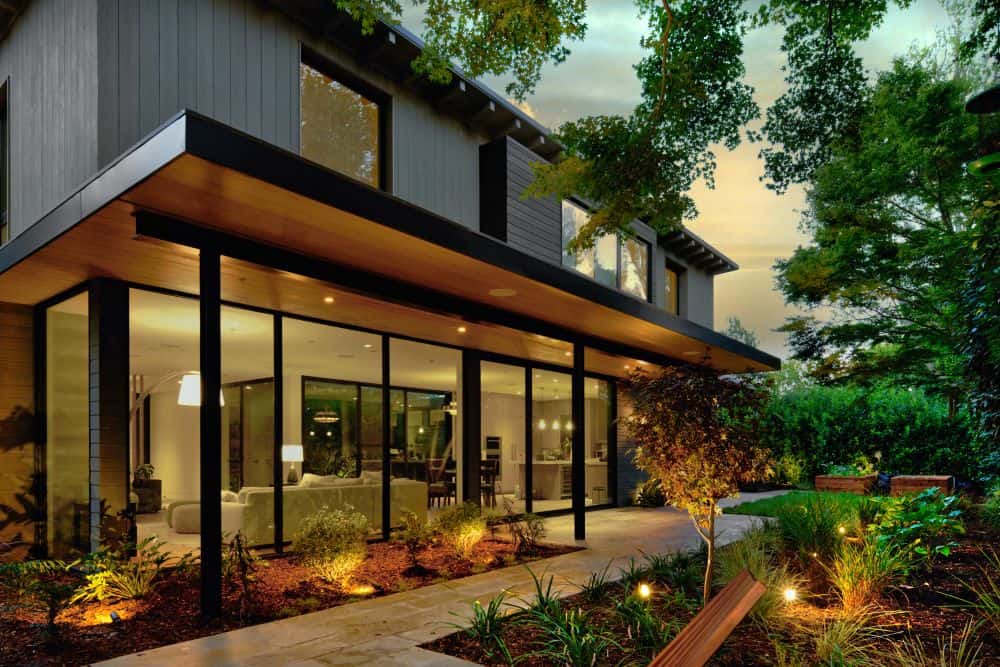
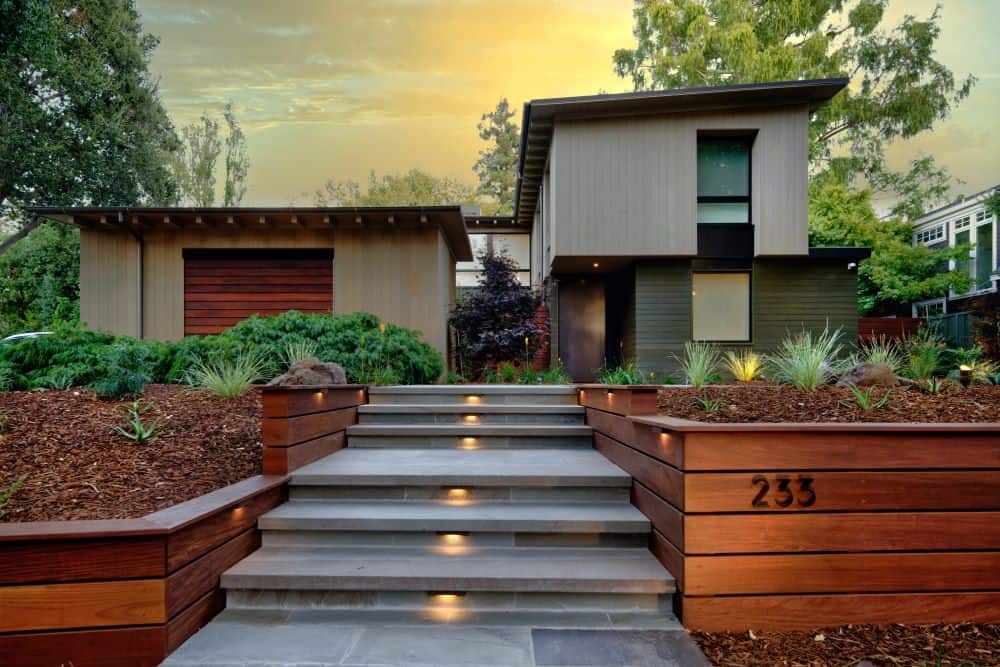
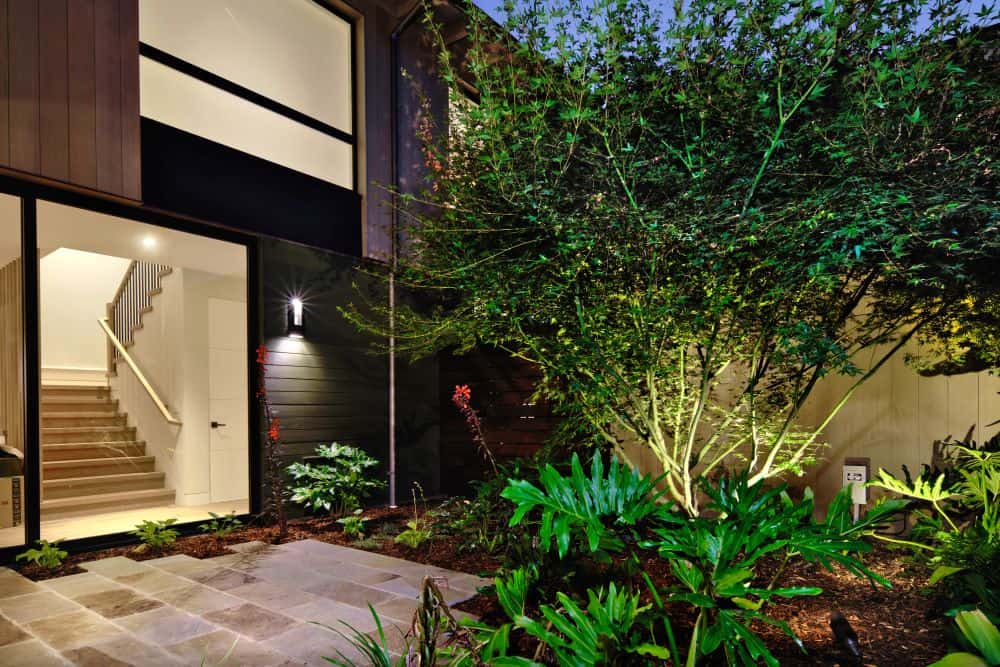
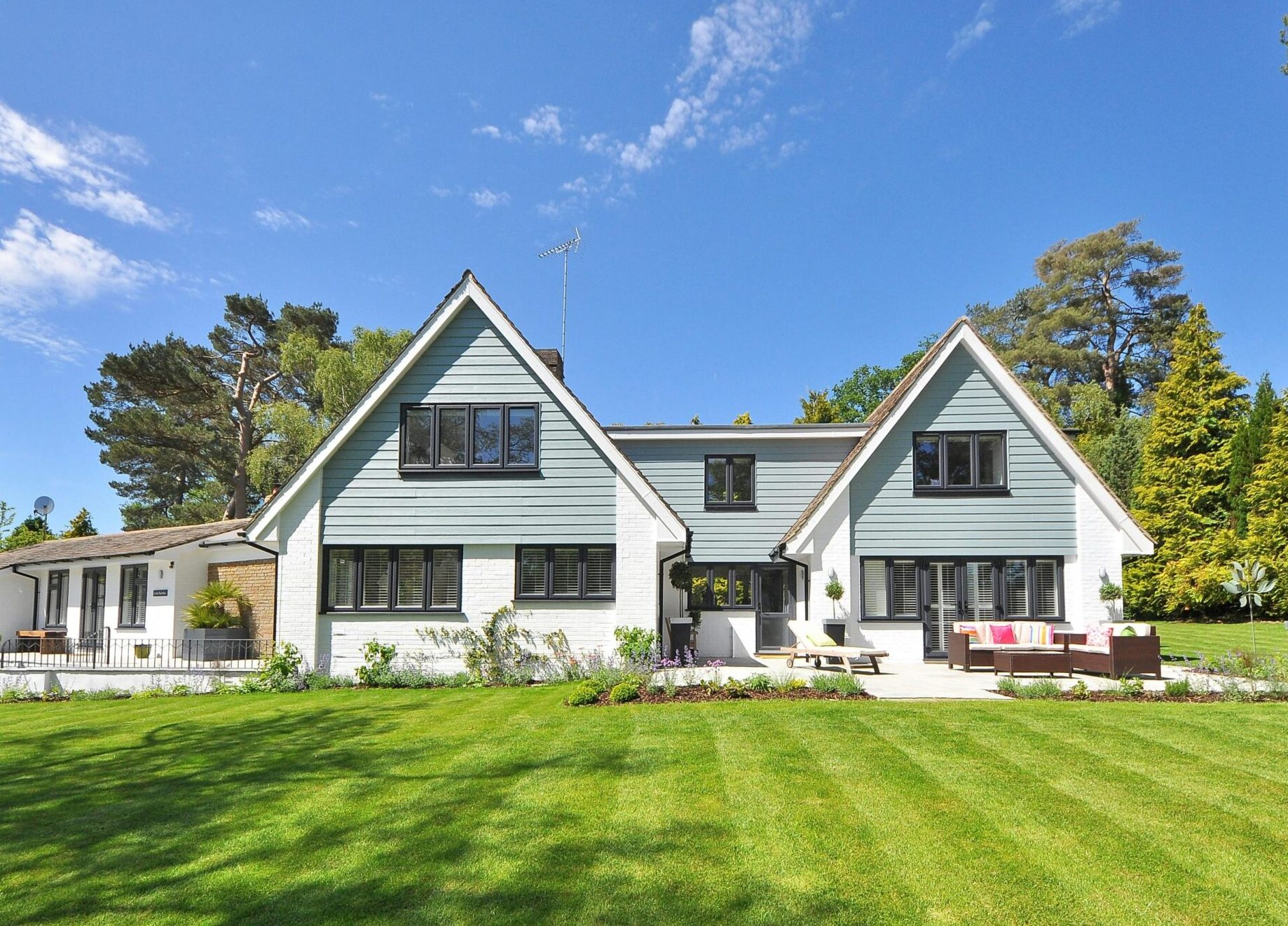

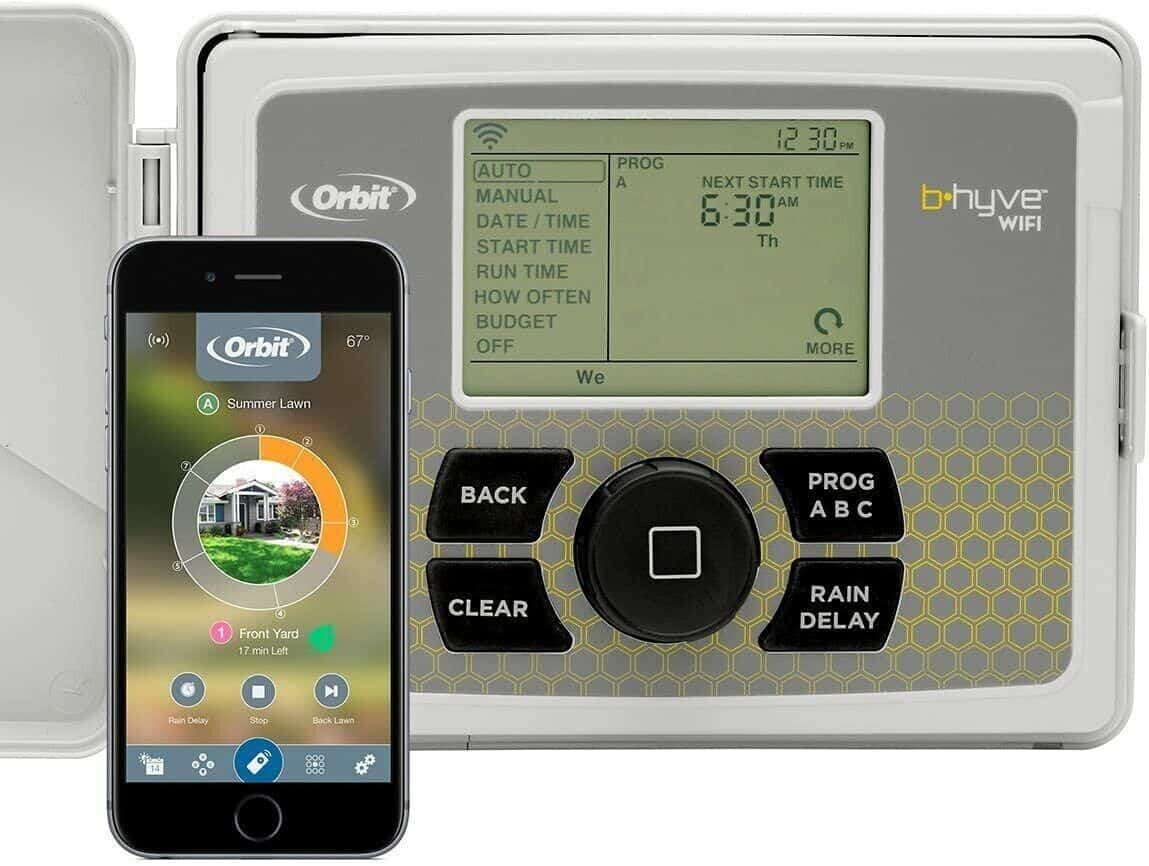



Leave A Comment